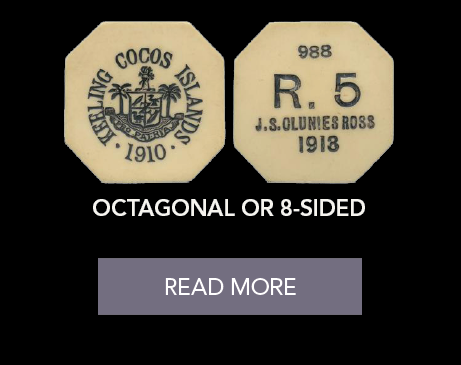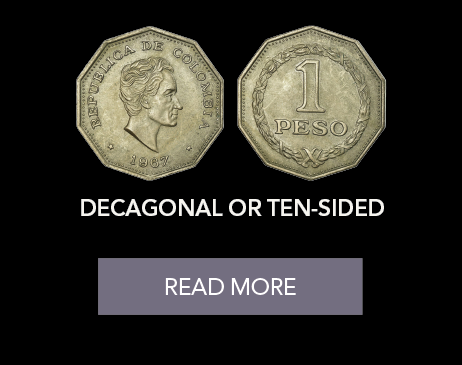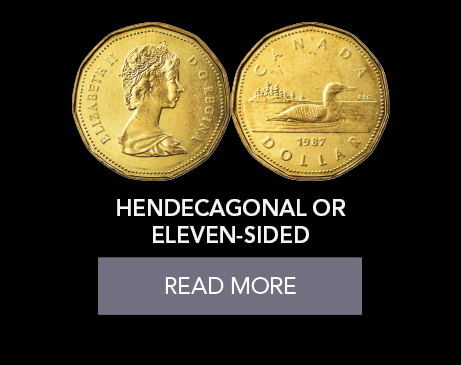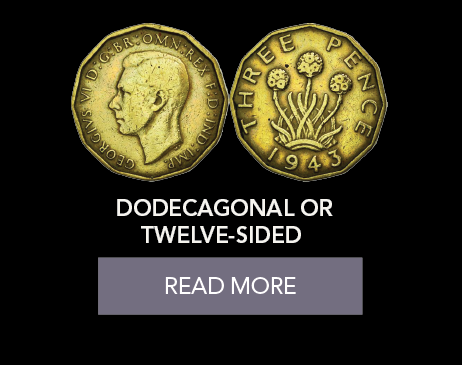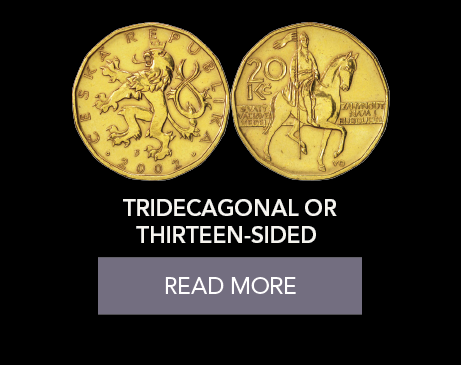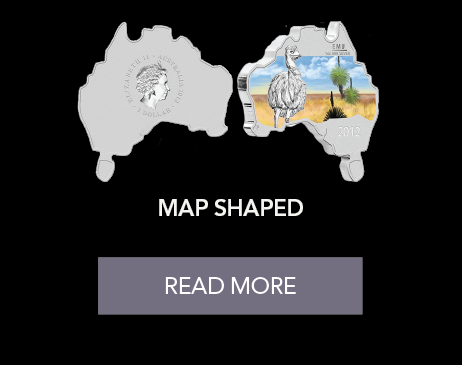
By the turn of the 20th century, with the widespread use of electric-powered minting machines, the era of modern coins began. Most of them were, and to this day, continue to be round in shape.
However, have you ever wondered why most coins are round?
It is a fact that most of us take for granted, but consider that the first coin ever made in the 7th century BCE was actually oval, and not round. Not too long after that, round coins began to be issued by both the Greek and Chinese civilisations from the 4th century BCE onwards.
Although there were exceptions, due to its practicality round coins were much more common. With its lack of sharp edges, they were easier to store and transport. In addition, using the minting machine, round shapes were easier to be achieved in a mass production as compared to odd-shaped coins.
The modern reason for coins to be round is because vending machines and coin sorting machines require coins to be able to roll. Although coins in other shapes can still be designed to sufficiently roll, round coins became a practical standard.
This however doesn’t stop countries from issuing non-round coins, especially for commemorative purposes as they do not have to worry about these types of coins going in and out of vending machines. Some of them are even colourful. We will look at a few of these rarer non-round coins that come in shapes such as octagon (8-sided), decagon (10-sided), hendecagon (11-sided), dodecagon (12-sided), tridecagon (13-sided) and even one shaped like a map of a country!

